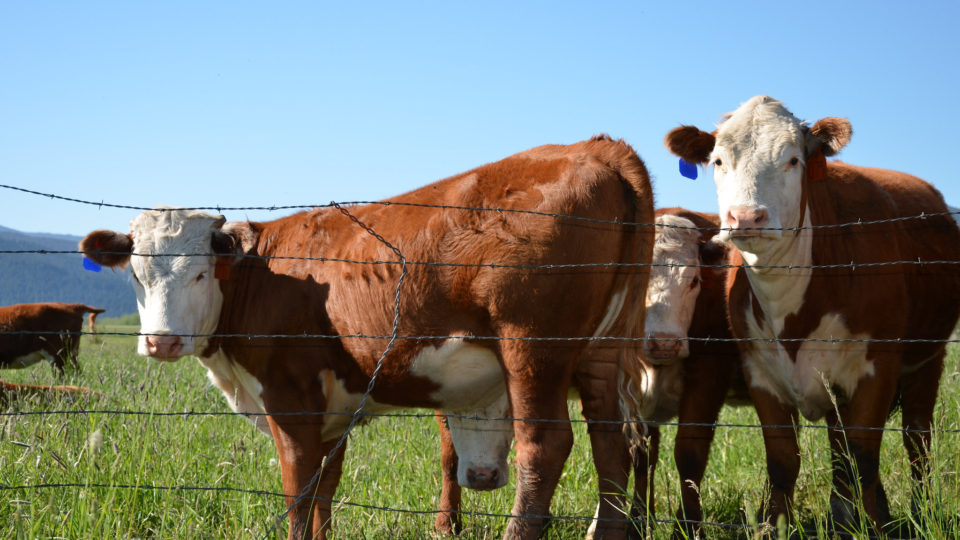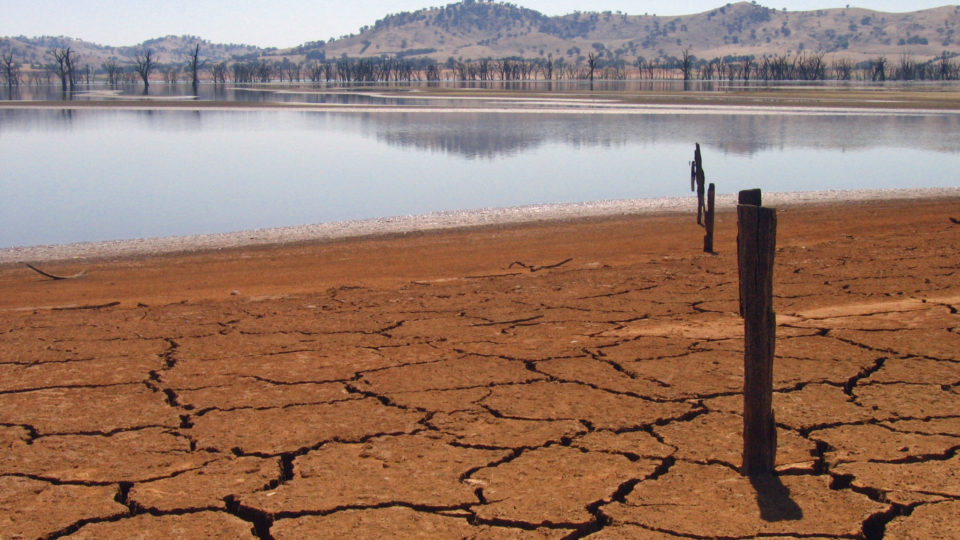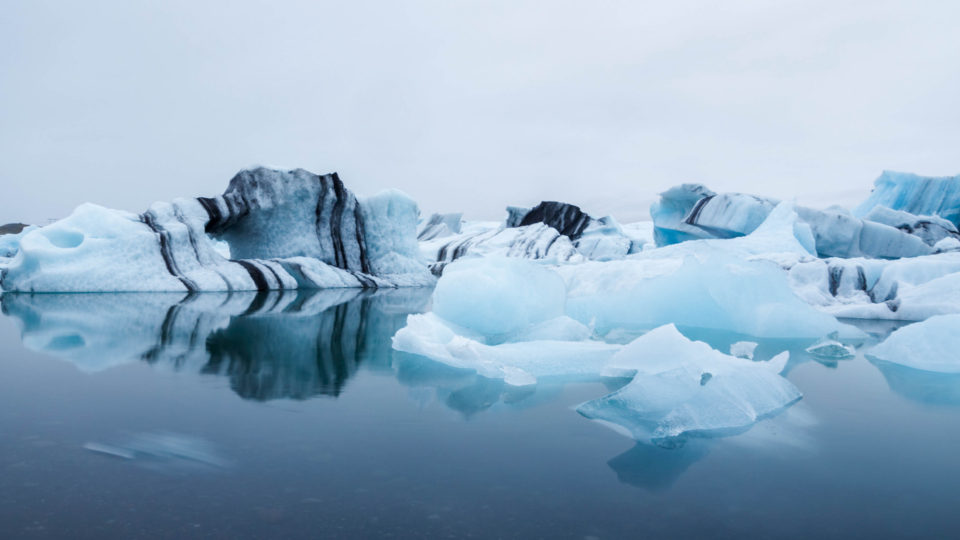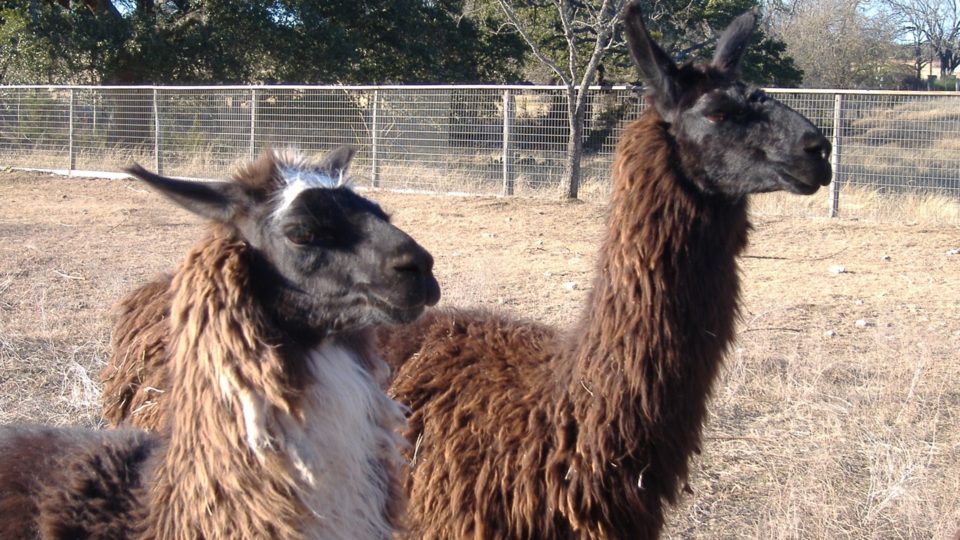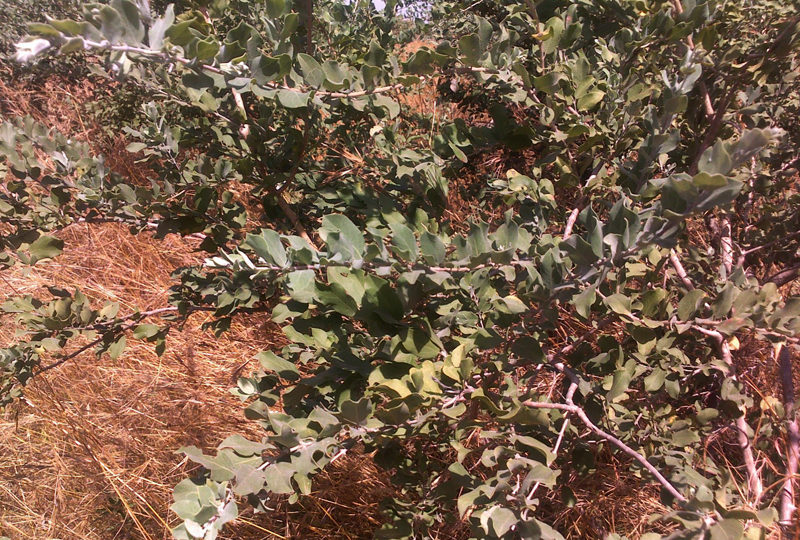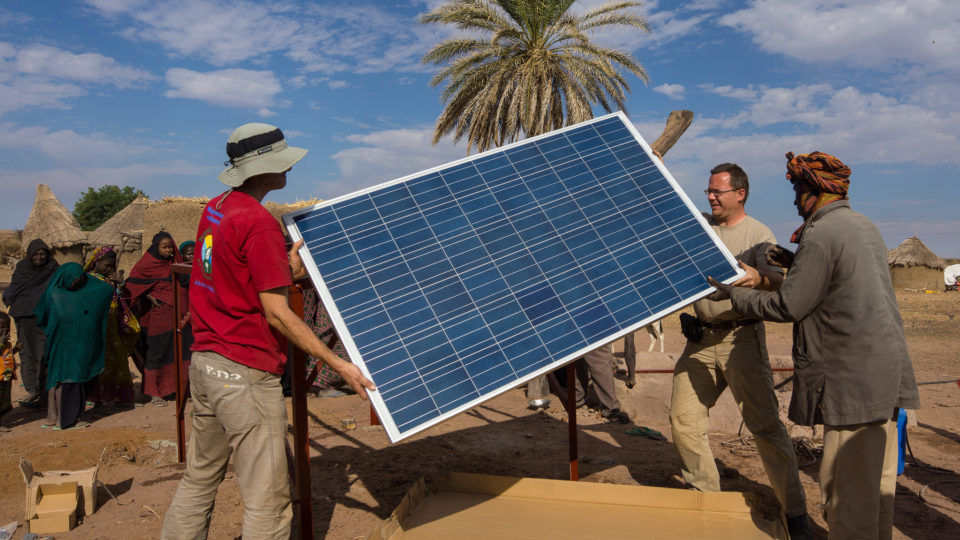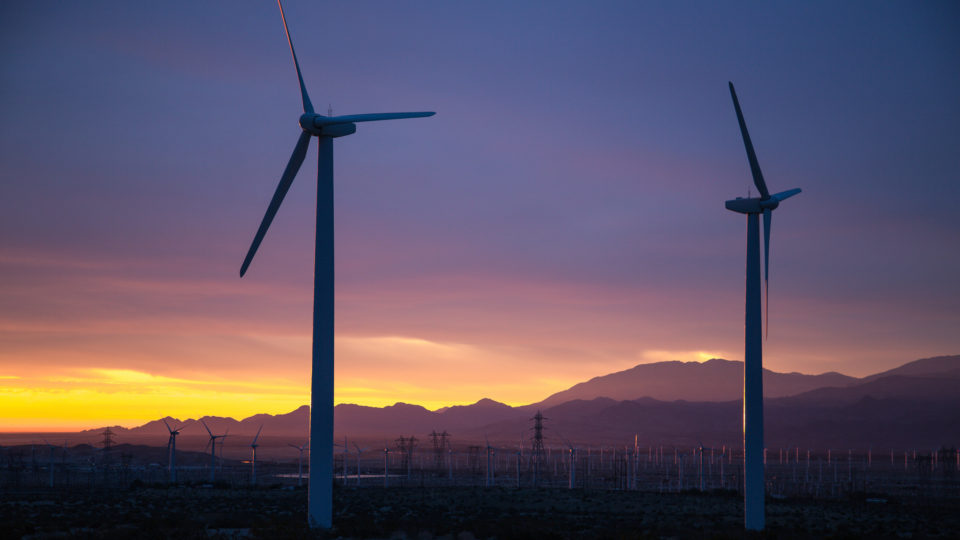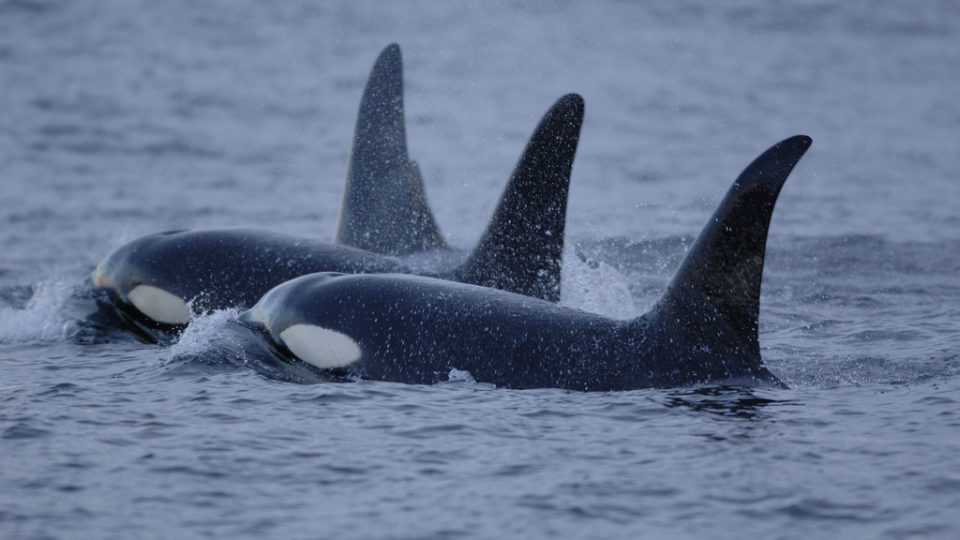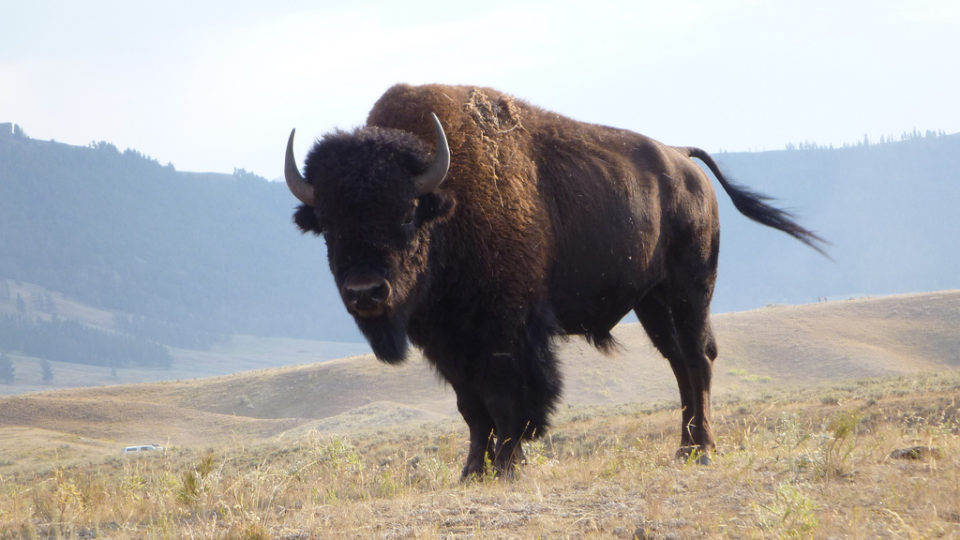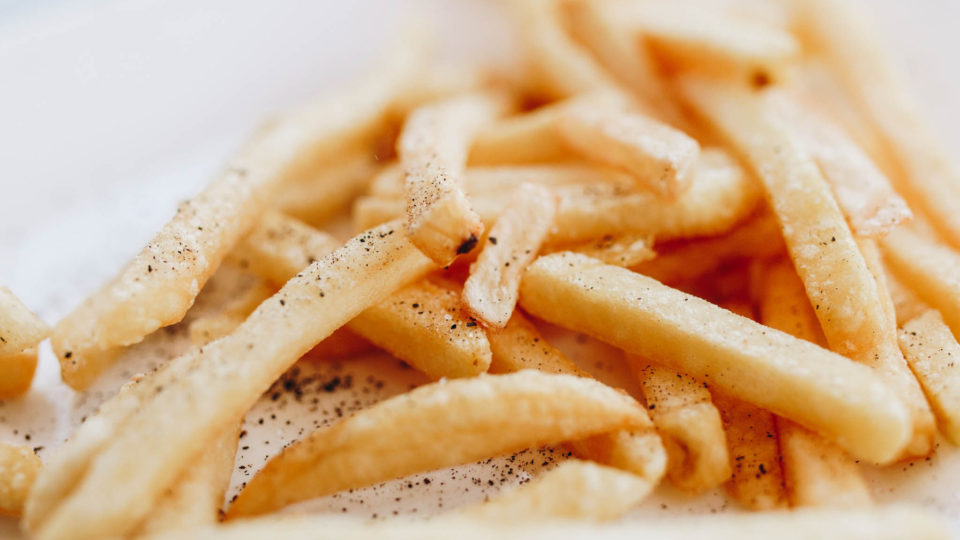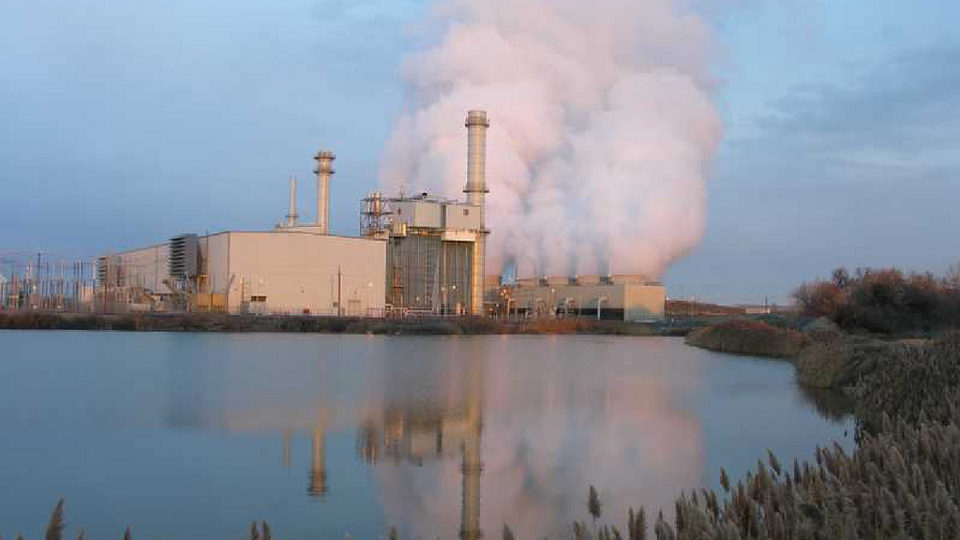According to a University of Oxford study recently published in the journal Science, food production is a major driver of climate change as it’s responsible for 26% of all greenhouse gas emissions. But the research team found that the environmental impact of different foods varied greatly.
Meat and other animal products are responsible for 58% of all food-related greenhouse gas emissions, despite only providing approximately one-fifth of the calories we consume. The researchers found that beef and lamb in particular have the most damaging effect on the planet, responsible for half of all greenhouse gas emissions from animal agriculture.
These findings echo recommendations from the Intergovernmental Panel on Climate Change about how individuals can reduce their carbon footprint through diet. The IPCC suggests we consume less meat and dairy products, consume more locally-sourced seasonal foods, and throw less food in the trash.
Avoiding meat and dairy products can reduce an individual’s carbon footprint from food by two-thirds. The effects of doing so include everything from conserving water and preserving biodiversity to reducing pollution and deforestation.
Interestingly, the same food can have major differences in terms of environmental impacts. For example, beef raised on deforested land is responsible for 12 times as many greenhouse gas emissions as that raised on natural pastures. But even the most climate-friendly meat options are still responsible for more greenhouse gas emissions than the highest-impact vegetable proteins, like beans and nuts.
Big differences can also be made by avoiding chocolate and coffee produced from deforested lands.
To learn more about the climate impact of your diet, follow the link to the ‘Climate Change Food Calculator’ on our website: Earth-Wise-Radio.org.
**********
Web Links
Reducing food’s environmental impacts through producers and consumers
Climate change food calculator
Photo, posted June 21, 2011, courtesy of USDA NRCS Montana via Flickr.
Earth Wise is a production of WAMC Northeast Public Radio.
